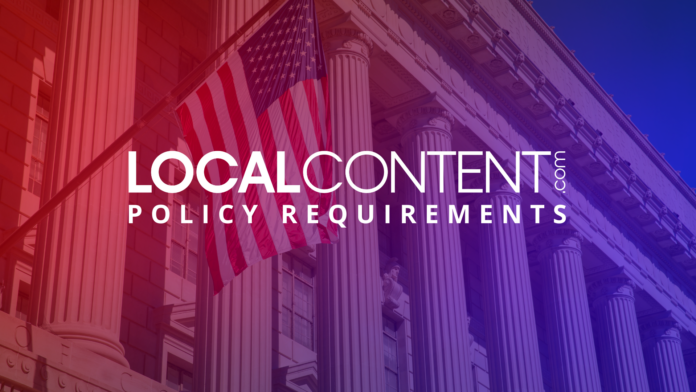Jurisdiction: Federal (United States of America)
The Inflation Reduction Act will:
REDUCE POLLUTION
All people deserve to breathe clean air, drink clean water, and live in healthy communities free from toxic pollutants. However, research shows that low-income communities, communities of color, and Tribal and indigenous communities are more likely to live near polluting sites and face negative health impacts from ongoing pollution and environmental hazards. The Act invests directly in programs to reduce pollution in frontline communities, including:
- Creating Climate and Environmental Justice Block Grants to support community-led projects in disadvantaged communities and address disproportionate environmental and public health harms related to pollution and climate change.
- Funding for fenceline monitoring near industrial facilities, air quality sensors in disadvantaged communities, new and upgraded multipollutant monitoring sites, and monitoring and mitigation of methane and wood heater emissions.
- Protecting our children with investments to monitor and reduce pollution at public schools in disadvantaged communities.
IMPROVE CLEAN TRANSIT
Communities living near transportation corridors have been exposed to toxic pollution which can cause respiratory and cardiovascular harm – especially in children. The Inflation Reduction Act will clean up transit systems and provide healthier, sustainable transportation options for all Americans, including:
- Addressing diesel emissions from goods movement facilities and speeding their adoption of clean heavy-duty vehicles, a key part of the Diesel Emissions Reduction Act.
- Cleaning up ports to reduce the pollution burden faced by fenceline communities, jump-starting the transition of ports to zero-emissions with funding for clean technology and emissions reduction plans.
- Creating Neighborhood Access and Equity Grants to support neighborhood equity, safety, and affordable transportation access. These grants will reconnect communities divided by existing infrastructure, mitigate negative impacts of transportation facilities or construction projects on communities, and support equitable transportation planning.
MAKE CLEAN ENERGY MORE AFFORDABLE AND ACCESSIBLE
As the U.S. grows its clean energy economy, no community will be left behind. The Inflation Reduction Act helps achieve this goal by:
- Spurring solar project development in communities with a 20% bonus credit for solar projects on federally-subsidized affordable housing projects and a 10% bonus credit for solar projects in low-income communities.
- Creating a new Clean Energy and Sustainability Accelerator, which will seed state and local clean energy financing institutions, support the deployment of distributed zero-emission technologies like heat-pumps, community solar and EV charging, while prioritizing over 50% of its investments in disadvantaged communities.
- Creating a new grant program for Improving Energy Efficiency or Water Efficiency or Climate Resilience of Affordable Housing, which will help cover the cost when families need to replace energy appliances and equipment.
- Expanding access to affordable, clean energy in Indian country with rebates that give families money back when they need to purchase efficient electric appliances, bring clean power to homes that have never had electricity access, and new investments in energy projects and infrastructure through DOE’s Tribal Energy Loan Guarantee Program.
STRENGTHEN RESLIENCE TO CLIMATE CHANGE
People of color and low-income communities live in areas most vulnerable to climate change fueled weather events. The Act will strengthen the resilience of communities to climate change impacts and leverage the ecosystems they depend on, including:
- Boosting the resilience of Tribal and Native Hawaiian communities, landscapes, and fisheries from the impacts of climate change and severe drought.
- Enabling the U.S. Department of Housing and Urban Development to improve the climate resilience of affordable housing.
- Planting trees, establishing community and urban forests, and expanding green spaces in cities, which combats climate change, lowers energy bills and reduces heat-related death and illness.
###





